She refused to eat anything at all. I got some water into her, but that was difficult and she was not interested. Pearl had given up the fight.
I made her comfortable as I could, changing her position from as she had been overnight. She was well covered with two fleeces and even though the temperatures were close to minus 30 with the wind chill, there was warmth in her body. I feel she will not be there in the morning.
I am so sad and heart broken. There was nothing more I could do. The rest is up to her.

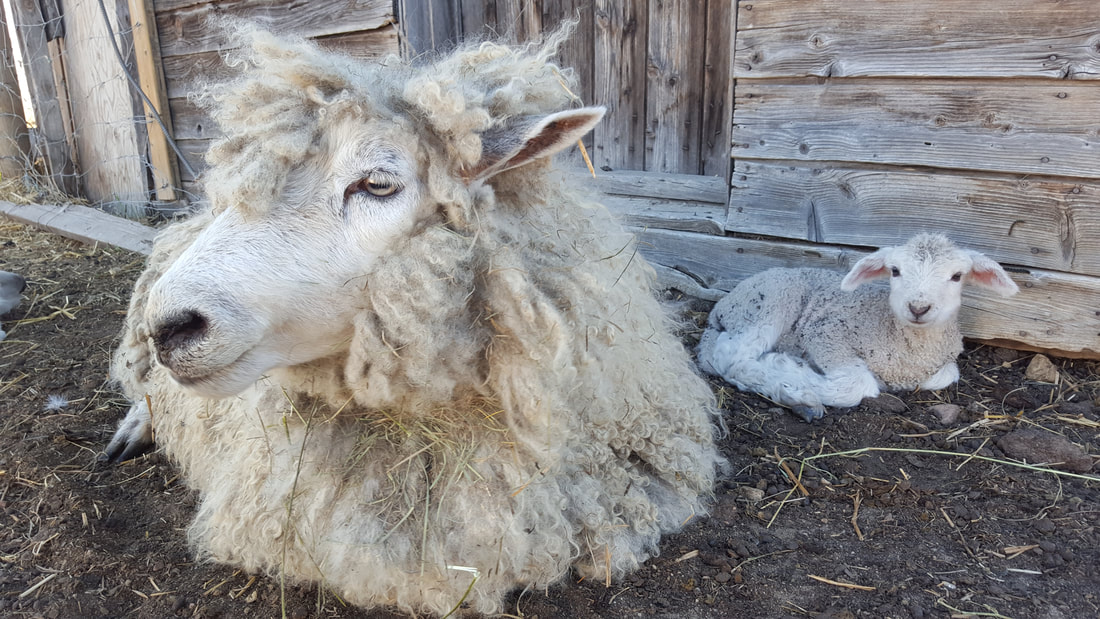
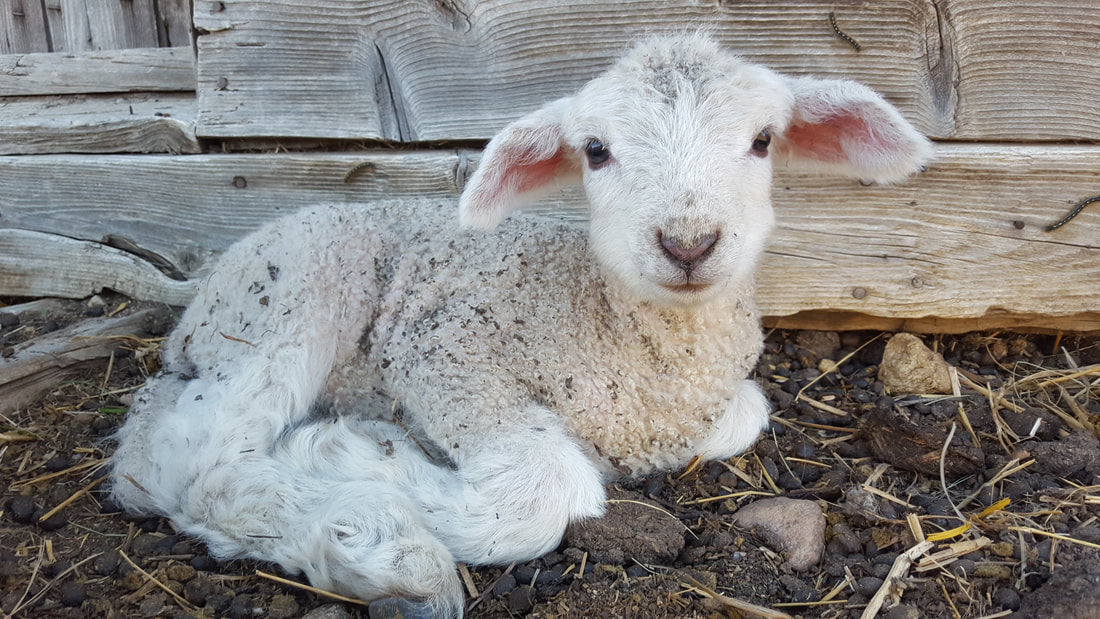
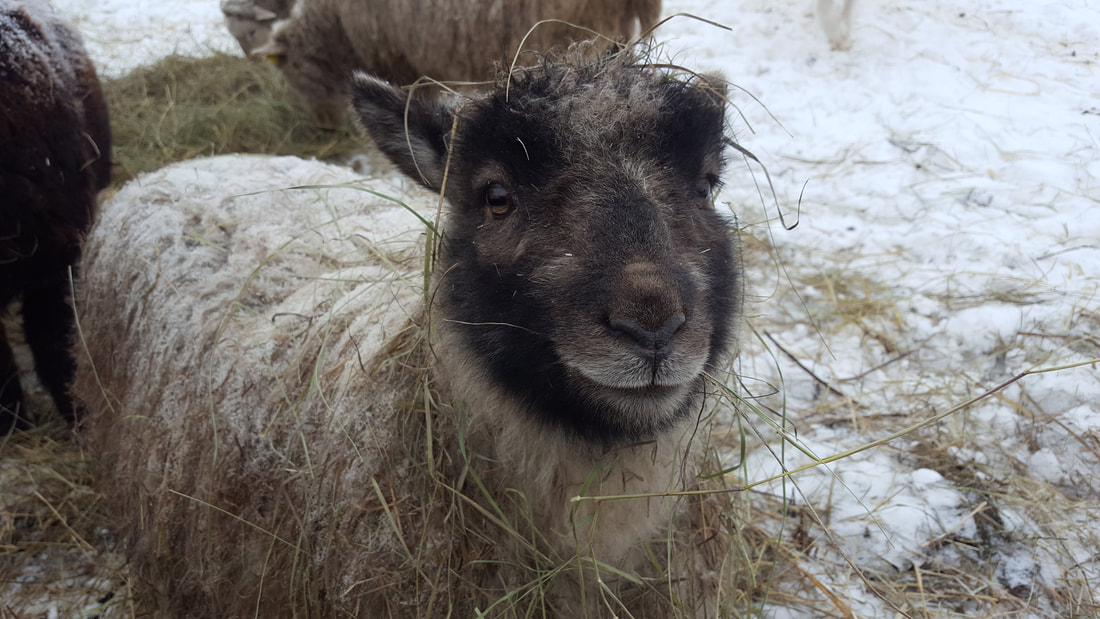
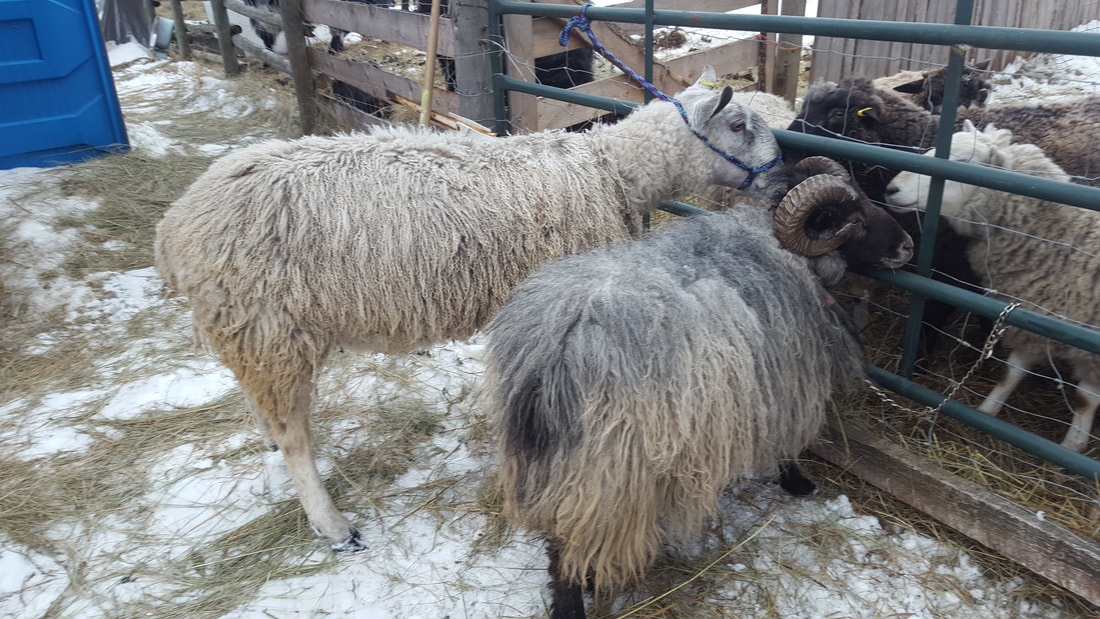

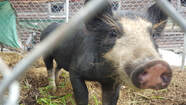
 RSS Feed
RSS Feed